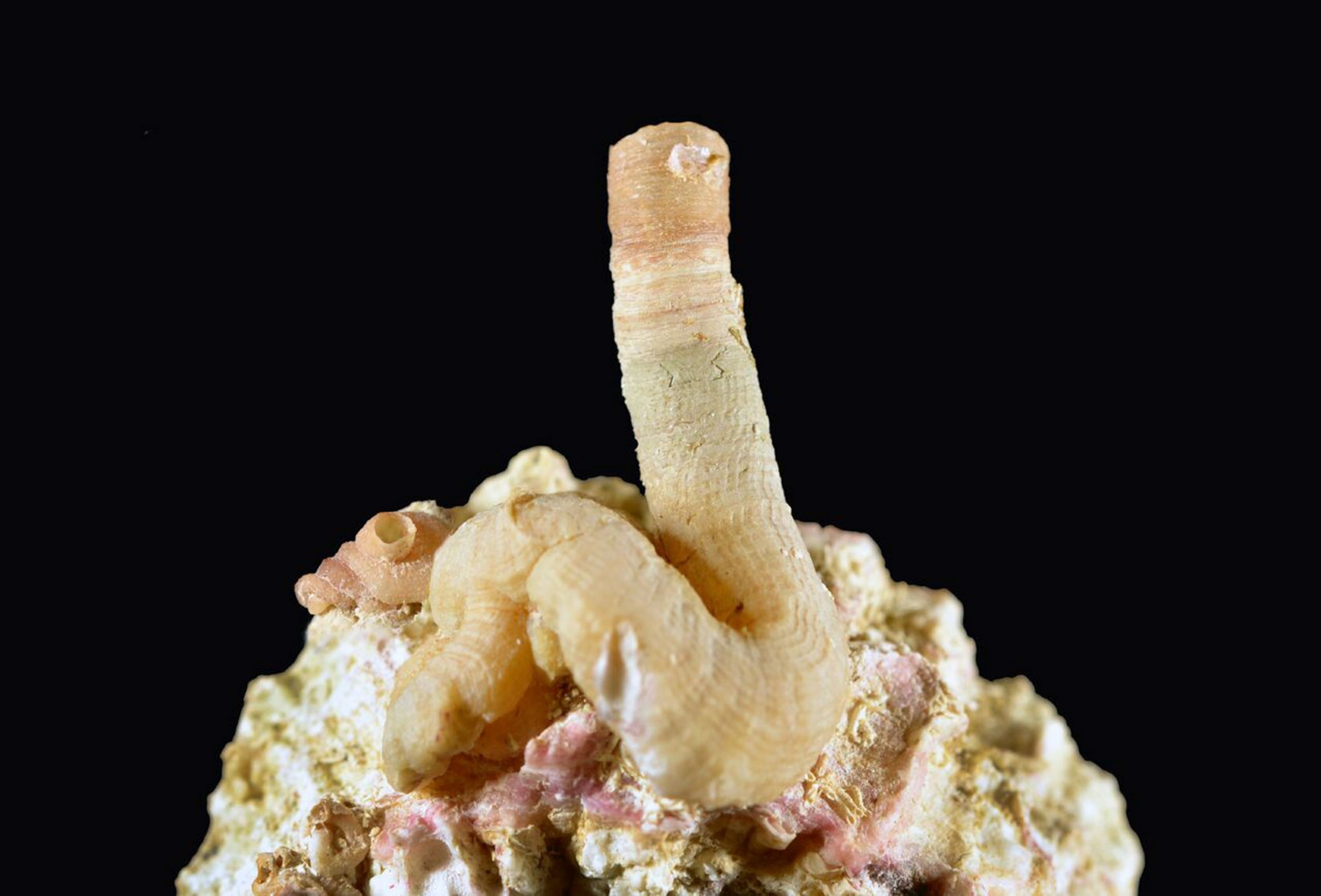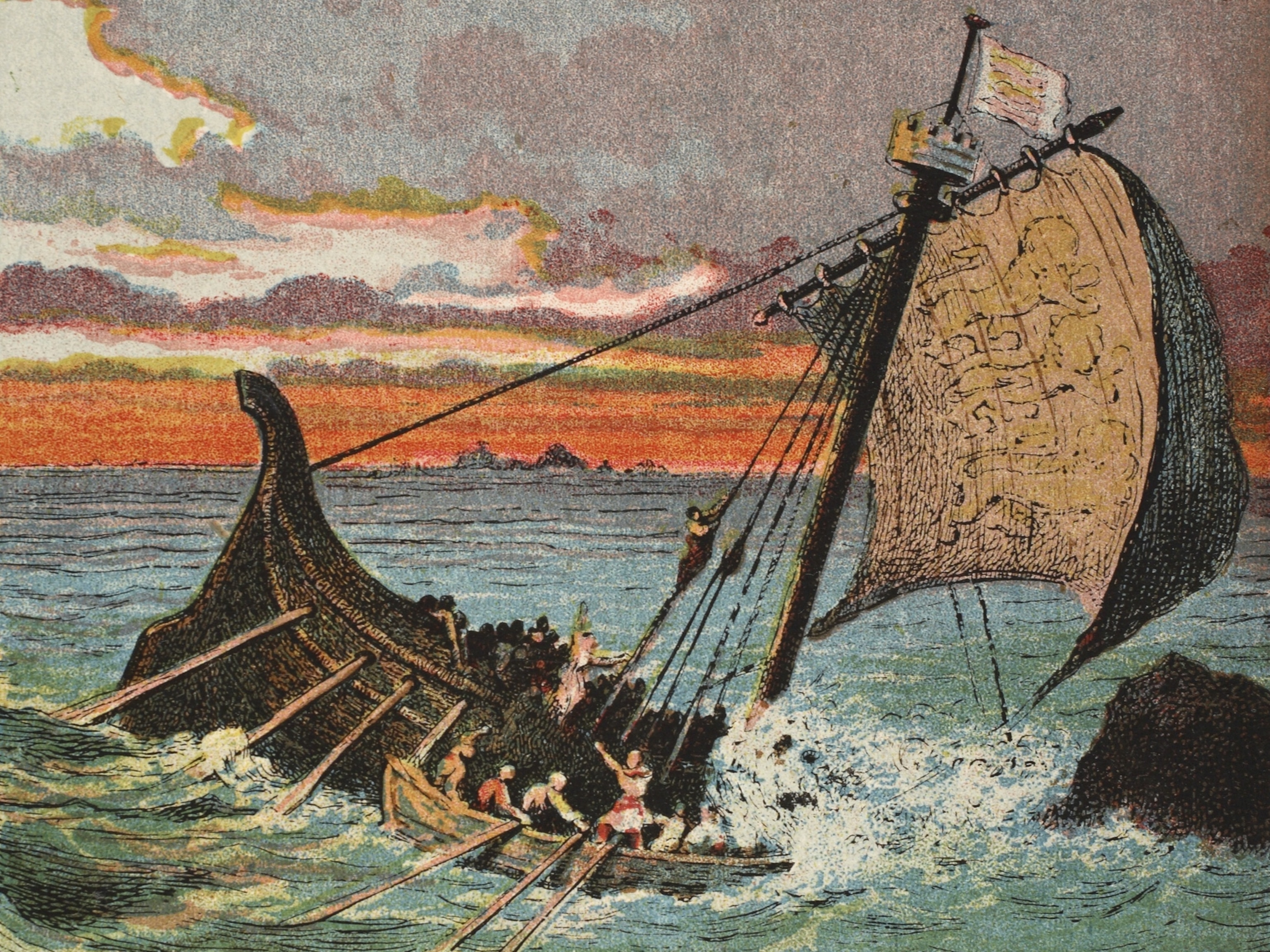
New Slime-Shooting Snail Found On Shipwreck
Discovered in Florida, the new species is likely an invader from the Pacific.
Scientists have discovered a new snail species that’s pretty special: It shoots slime, lives on shipwrecks, and could have major implications for coral reef restoration.
Known as the Vandy snail to its discoverers, it's named after the only place it's ever been found: The hull of the sunken USNS Vandenberg, a ship that was sunk deliberately in 2009 to create an artificial coral reef off the Florida Keys.
But the snail is a long way from home. A new study in the Journal Peer J reports that this recently discovered species, a type of worm-snail, is native to the Pacific Ocean, where it has gone unrecognized. (Also see "Newly Discovered Snails Fit in Eye of a Needle.")
Now, along with other non-native invertebrates like the orange tube coral and the giant foam oyster, the Vandy snail is colonizing Florida’s artificial reefs, which reduce pressure on the real reefs. These animals likely flock to the fake structures because they're empty real estate, with fewer competitors—and predators.
A Snail By Any Other Name
Worm-snails look and behave differently than most snails.
“If you were a shell collector, a worm-snail shell is not something you would pick up or even recognize as a shell,” says study leader Rüdiger Bieler, curator of invertebrates at Chicago’s Field Museum.
Rather than the organized coil pattern of most snail shells, worm-snail shells—which range in color from bright orange and yellow to gray—are elongated and tubular, like a worm.
While most snails move, albeit slowly, adult worm-snails cement themselves onto a hard surface and stay there their entire lives. (See "'Extinct' Snail Found Alive—But for How Long?")
Most snails produce a slime trail that they glide over, but stationary worm-snails use their slime to hunt. They have an extra pair of tentacles near the base of their bodies that shoot out a slimy web of mucus, in which microorganisms get stuck. Worm-snails then filter-feed like baleen whales by pulling the mucus webs back into their mouths and straining the food through barbs on their tongues.
Invasion of the Worm-Snails
To determine the origins of the Vandy snail, the research team studied specimens in museum collections and performed DNA sequencing.
"The authors did their homework to demonstrate that this is not a native species," says José Leal, science director and curator of the Bailey-Matthews National Shell Museum in Florida, who was not involved in the new research.
So how did it get to Florida? Bieler says worm-snails can hitch rides by attaching to ships’ hulls or by stowing away in ballast tanks. Adult worm-snails stay put, but hatchling worm-snails can crawl to new locations to settle down. Water currents can also carry hatchlings to new habitats.
Any invasive species is cause for concern, but the Vandy snail might be particularly bad news.
Worm-snails can infect coral, reducing its growth and survival rate. Their slime web contains several bioactive compounds that deter fish from eating them. Worm-snails can also carry certain blood flukes that parasitize loggerhead sea turtles, which are vulnerable to extinction.
Coral reefs worldwide are already faced with rising temperatures and increasingly acidic oceans, so invasive species could be an additional stressor. (See "93 Percent of the Great Barrier Reef Is Suffering.")
Hull Monitors
The purpose of Florida’s artificial shipwreck reefs is to draw local diving and fishing communities away from natural reefs in order to protect them and the fragile ecosystems they harbor. (Read: "How Archaeologists Discovered 23 Shipwrecks in 22 Days.")
But it’s unclear if the benefits outweigh the risks, says Leal. "These shipwrecks might be acting as stepping-stones for the settlement of invasive species.”
For now, Bieler and his team plan to use the sites as monitoring stations for new, potentially damaging newcomers.





